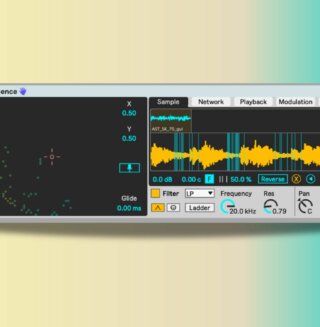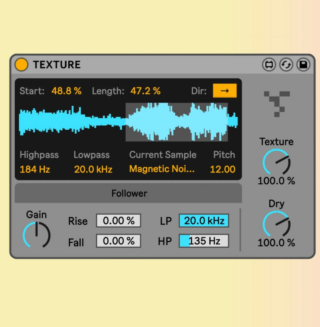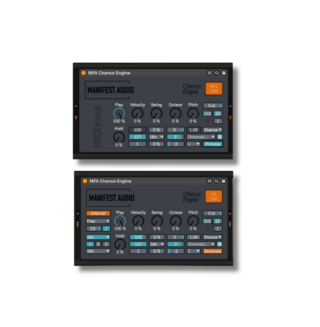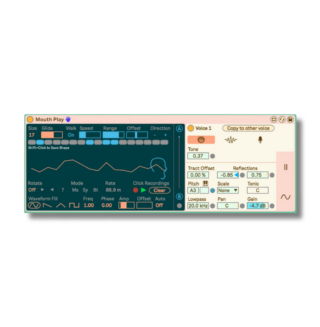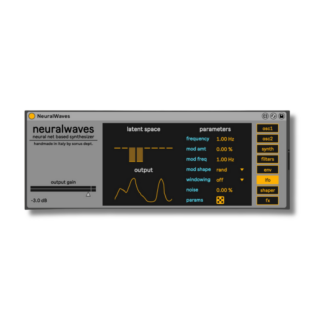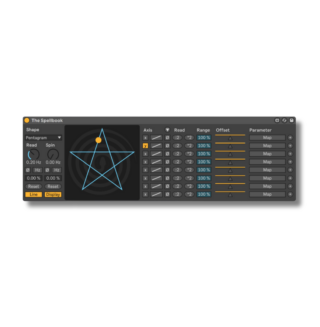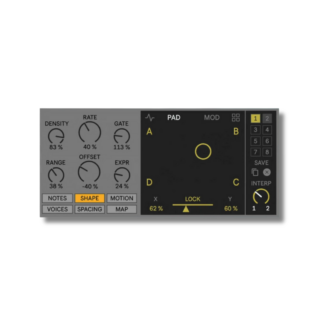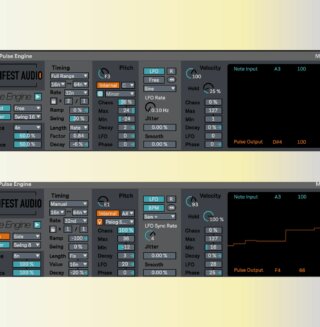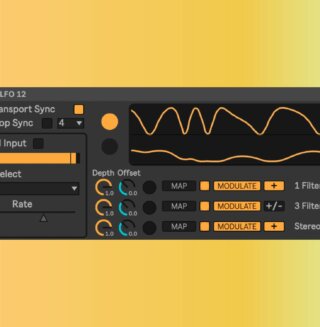Ready or not, digital evolution and innovations are reinventing the 21st-century business environment as we know it. And event coordination and planning are no exception.
Event organizers and planners face a choice between innovation and extinction. The digital revolution cutting across all sectors of the economy is not limited to IT or technology. The advancements are redefining the entire event management and planning landscape. These include planning, organizing, and executing such events as corporate conferences and meetings, weddings, private parties, and annual festivals.
In response, firms create better strategies and revise their company cultures to adapt to the new norm. Only those event coordinators and planners who view digital transformation as a support function and strategic competency can adapt and thrive. They use the latest innovations to revise their business models.
In this quick guide, we analyze some of the latest innovations, highlighting their notable contribution to improving the events management industry.

Event organizers and planners face a choice between innovation and extinction.
Cloud Solutions: Real Time Updates in Even Managmenet
Often, event management companies rely on post-event questionnaires for feedback. Such techniques, even though effective, can only help improve future events.
On-the-Spot Feedback
Today, event planners utilize cloud solutions for real-time data analytics besides event registration, ticketing, planning, management, marketing, and promotion. The technology facilitates on-the-spot feedback from ongoing meetings, conferences, concerts, and festivals. Think of live polls in a current seminar, speaker evaluations, and event surveys.
Boosting Attendee Engagement
Second, cloud solutions like a gamification platform are customizable for a specific event. For example, they can provide virtually engaging tools like live social connections between participants and real-time cheering of a group in a team building conference. Other cloud solutions for maximum real-time attendee engagements include virtual photo booths like Snapbar and word cloud programs like Mentimeter.
Measuring ROI
Third, return on investment is a vital metric for stakeholders in event management. It is per the SMART approach that event planners use in planning and executing events. Hence, CEOs can rely on real-time updates like live audience polling to measure the qualitative or quantitative ROI. Indeed, a cloud-based solution like a Q&A feature on a mobile event app helps event organizers engage their audience while gauging the overall positive value of hosting the event.

Safety and Security: Tech Advancements for Large-scale Music Events
The safety and security of event goers and organizers are critical concerns in the events management industry. For this reason, there are digital advancements for event planners to better prepare for contingencies and make music festivals safer. Here are two notable technological advancements facilitating safety and security for large-scale music events:
Facial Recognition Scanning – For Contactless Ticketing & Identification
Most large-scale music festivals attract partygoers engaged in illegal and dangerous activities. Others have to deal with large crowds of fans with fake tickets. Both instances pose a threat to public safety. And, even though law enforcement officers are within the vicinity, the event planners are responsible for weeding out any illegal gatherings and activities during their music concerts.
Now, face recognition scanning technologies can detect fake tickets and illegal behaviors at music concerts. These technologies send real-time notifications to the event organizers and law enforcement teams on the ground.
For example, in 2018, Ticketmaster Entertainment and Live Nation partnered with Blink Identity to enable fans to attend music events without queueing to show tickets at the entrance. Here, facial recognition technology scans the participants’ faces and uploads them to the third-party provider. Brand Identity, the third-party provider, compares the facial features against those captured on the tickets to verify them. Still, musicians and fans are raising concerns about sharing their biometrics with third-party apps.
RFID Technology – Best for Seamless Access Control, Cashless Payments & Brand Amplification
RFID technology has great benefits for event organizers and guests. Indeed, the technology facilitates cashless payments, access control, and brand amplification. The technology eliminates the use of hard cash or credit cards in crowded places to minimize cases of theft and fraud. Guests and organizers use their RFID tags as keys to access VIP areas, hotels, backstage, and other restricted areas. Data transmitted from the RFID readers helps brands track their products and services.
The most common RFID gadget at events and venues is the RFID wristband or bracelet. Here, the participants scan the wristbands at the provided RFID readers to order drinks and meals or buy event merchandise. Walt Disney has the MagicBand+, a wearable RFID wristband giving visitors access to the Disney Parks, unlocking Disney Resort Hotel rooms, and charging their purchases of food and merchandise directly to their registered payment cards.

Organizers use spatial computing techniques in festivals and annual pilgrimages to schedule the movements of the crowds through all the access points.
Crowd Control and Safety: Tech Solutions for Large Gatherings
Finally, event coordinators and planners use various techniques for crowd management and safety. These include setting and abiding by the maximum occupancy requirements for venues, screening participants for contraband items, having standard operating procedures for the event organizing team, and partnering with local law enforcement to pinpoint suspicious or threatening situations.
Here are two crowd-monitoring tools ideal for large gatherings:
Spatial Computing – Best for Crowd Scheduling
Organizers use spatial computing techniques in festivals and annual pilgrimages to schedule the movements of the crowds through all the access points. Here, a real-time video tracking system provides data that can anticipate unnecessary crowding. It triggers a warning system, allowing the organizers to reschedule the crowd movement and alleviate massive disasters or loss of lives. On the other hand, organizers of sports tournaments use this non-intrusive crowd-sensing technique to create an immersive experience for fans and athletes.
Crowd Data Mining – Best for Crowd Data Analytics
Typical crowd data mining technologies include social media data analytics, immersive technologies, and mobile applications for detecting crowd patterns and correlations. Sightcorp CrowdSight is an AI-powered facial analysis tool that analyzes real-time video feeds at events and venues to populate crowd density data.
Hence, event organizers can gauge attendee engagement rates, body language, excitement, and satisfaction. Likewise, the data can pick up any erratic movements that signal a buildup of problems at various entry or exit points.
Conclusion
As the market-driven events management industry evolves, more organizers are turning to digital solutions to facilitate their coordination and planning. They embrace digital transformations like cloud-based events registration and team collaboration, facial recognition scanners for contactless music events, RFID tags limiting access points to authorized personnel and visitors, and spatial computing technologies for sports events and pilgrimages. And the advent of artificial intelligence promises better and more affordable solutions for the industry.

